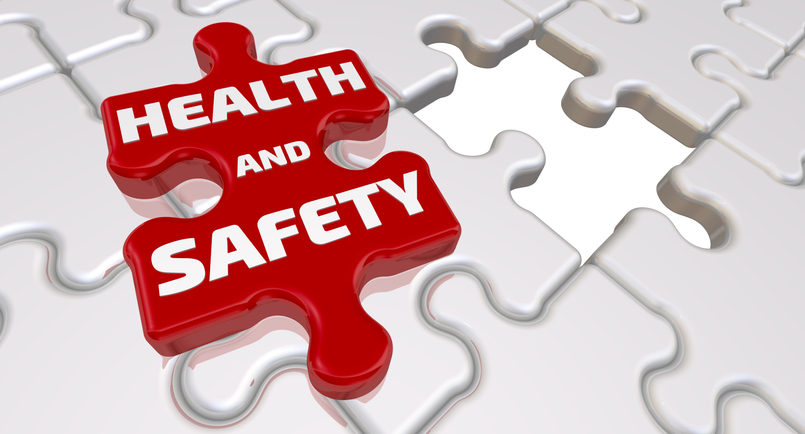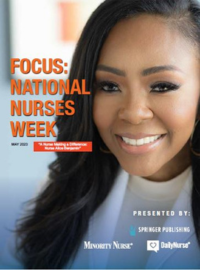According to The Harm Reduction Coalition, harm reduction is “a set of practical strategies and ideas aimed at reducing negative consequences associated with drug use.” It was originally coined to address substance users but its implications have broadened as its application has become meaningful among other populations. Nurses are empowered to employ harm reduction techniques, whether or not they work in practices specifically dedicated to that aim. This can be done through direct care with individual patients or on an administrative level.
With Individual Patients
With experience, every nurse becomes familiar with the nature of their role as caregivers. Nurses’ responsibility is to treat, care for, and educate patients, in accordance with the dictates of advanced practitioners’ directed care. It is not, however, within the nurse’s scope to ensure that every patient lives and acts according to their prescribed treatment plan. It is not uncommon to encounter patients who are noncompliant or noncooperative with treatment. For these patients, harm reduction can be a helpful guiding principle for nurses.
Nurses can utilize the principles of harm reduction with the more salient issues of IV drug use and risky sexual behaviors but also use them for smoking, diabetes, and hypertension. Nurses can minimize the negative effects of patient choices that are counter to their well-being by offering alternatives without requiring patients to practice complete abstinence.
Patient education is the greatest technique of harm reduction that nurses always have at their disposal. For willing patients, understanding the resources that are available to them is key to taking actions that minimize their risks. Pre-exposure prophylaxis (PrEP) and post-exposure prophylaxis (PEP) for HIV/AIDS has led to great strides in limiting the spread of the disease. Many patients would not even know about the option to protect themselves in this way if it wasn’t for having trusted resources in their health care team. Knowing about local smoking cessation, needle exchange, condoms, PrEP/PEP, and health promotion programs is a great tool for any resourceful nurse.
On the Larger Scale
For nurses who see a trend among patients who could benefit from harm reduction programs, it is within their purview to address these issues on an administrative level. It is not uncommon for policy changes to be initiated by a brave nurse who decides to use his or her voice to advocate for patients. These nurses choose to go beyond knowing about resources and encourage their employer, or even their government to be the resource. This can be unit-wide, facility-wide, or even taken to Capitol Hill to enact change on a government level.
Harm reduction started out as a small group of providers taking action to support IV drug users. They discovered that imposing abstinence on a patient who isn’t ready can actually preclude their care. Harm reduction has become a broader term that allows patients to make the lifestyle choices that they would anyway, without severing their connection to health care resources that can protect them from potentially devastating consequences to themselves or their community.
- Managing Caregiver Burden - December 22, 2019
- Side Hustles to Try as a Nurse - October 11, 2019
- Tips for Becoming a Better Nurse Writer - September 30, 2019



